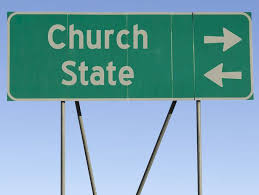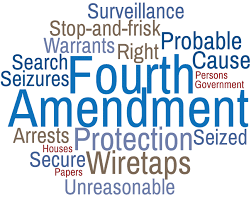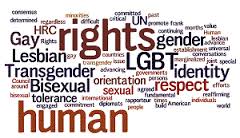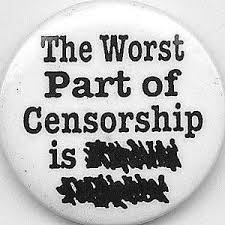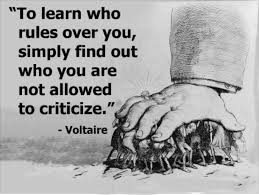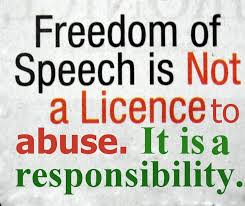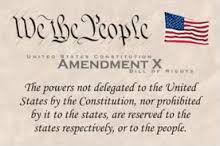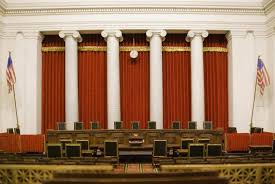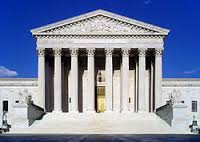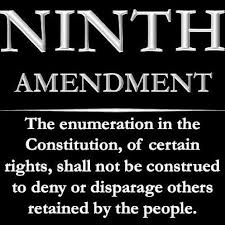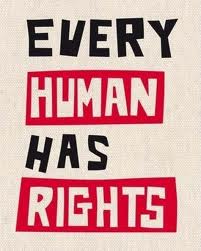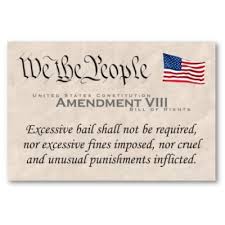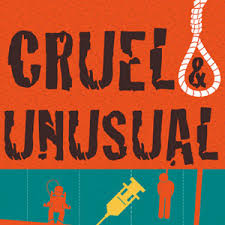 “With more than 60,000 employees, U.S. Customs and Border Protection, CBP, is one of the world’s largest law enforcement organizations and is charged with keeping terrorists and their weapons out of the U.S. while facilitating lawful international travel and trade.”
“With more than 60,000 employees, U.S. Customs and Border Protection, CBP, is one of the world’s largest law enforcement organizations and is charged with keeping terrorists and their weapons out of the U.S. while facilitating lawful international travel and trade.”
This week we will be discussing a case that is quite relevant to the current political climate in our country. The case of Hernandez v. Mesa is number seven on the list of top ten Supreme Court cases to follow this year. A tragic case, Hernandez v. Mesa focuses on the topic of border patrol along the U.S. Mexican border and which laws apply within this border region.
The details of the case follow as, that on June 7th 2010, Sergio Adrian Hernandez Guereca, who was fifteen at the time, was playing with friends along the U.S. Mexican border near El Paso, Texas and Juarez, Mexico. The kids were playing a game where they would dare each other to run up to the fence, starting on the Mexican side, touch the fence, and then run back down. The following set of details are still argued on their validity, but what is understood is that one of Hernandez friends was apprehended by U.S. Border Patrol and the remaining children began to flee back to the Mexican side of the border area. The border officer, Mesa, then fired two shots in the direction of Hernandez and one struck and killed him. Following Hernandez’s death, his parents sued Mesa in Federal District court in Texas, claiming that Mesa had violated the Fourth and Fifth Amendments of the constitution, specifically in reference to the use of deadly force and the inability to determine necessary force. Mesa stated that the case should be dismissed because Hernandez had been on U.S. soil illegally and had been shot while standing on Mexican soil, thus the claims of violating the Fourth and Fifth Amendments are void. The court held that Mesa was entitled to immunity in this case and that the Hernandez family could not sue based on the fact that their Fourth and Fifth Amendment rights had been violated, since they are not U.S. Citizens.
The formal questions posed by this case are:
- Does a formalist or functionalist analysis govern the extraterritorial application of the Fourth Amendment’s prohibition on unjustified deadly force, as applied to a cross-border shooting of an unarmed Mexican citizen in an enclosed area controlled by the United States?
- May qualified immunity be granted or denied based on facts – such as the victim’s legal status – unknown to the officer at the time of the incident?
- Can the claim in this case be properly asserted under Bivens v. Six Unknown Fed. Narcotics Agents, which governs when federal agents may be liable for damages for violating an individual’s constitutional right?
This cases poses plenty of thought provoking questions: Should U.S. law apply to everyone, or at least to people who come into contact with American citizens? Should there be a set of laws, not country specific, that are applied to border regions?
Links:
https://www.oyez.org/cases/2016/15-118
Argument preview: Justices take on issues arising out of cross-border shooting
https://www.cbp.gov/about







